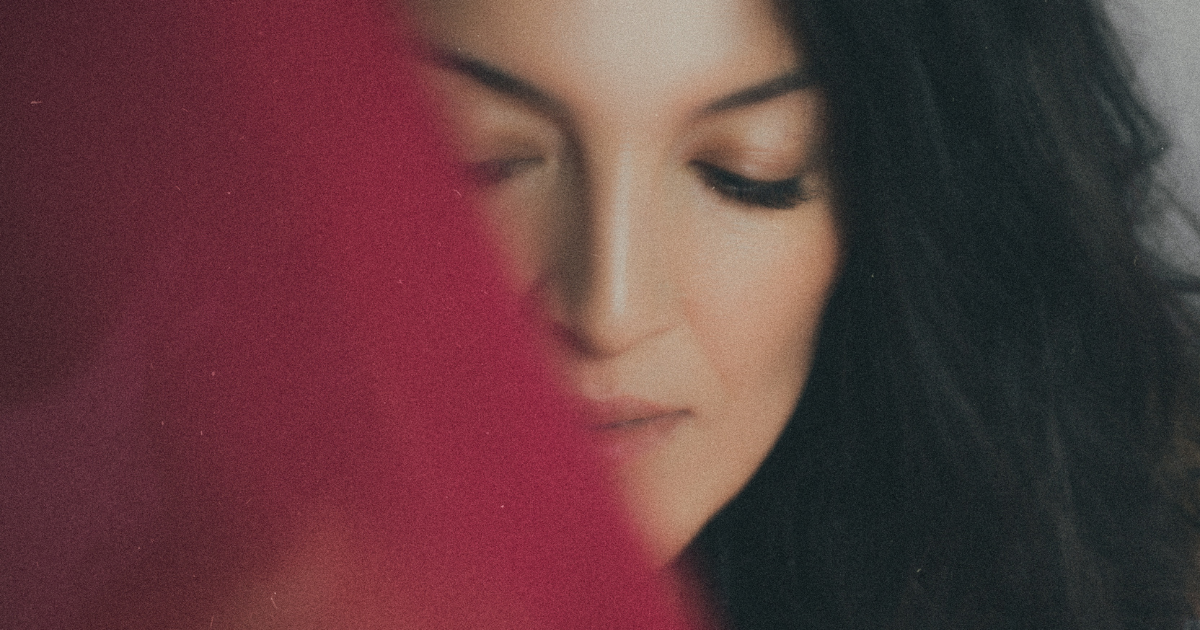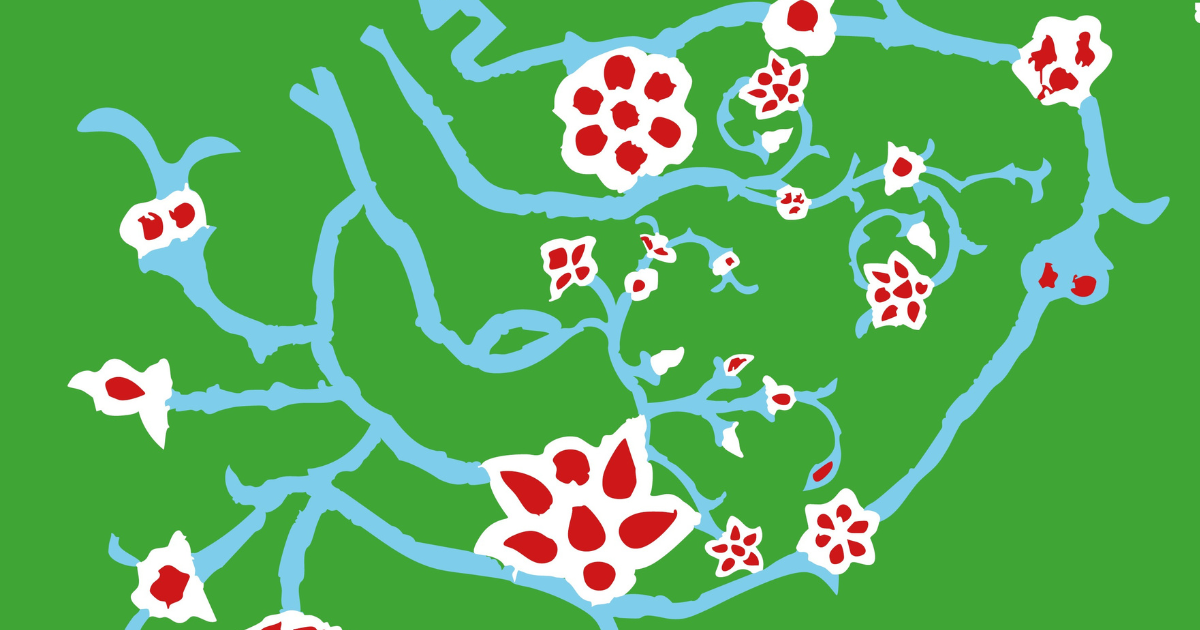Seeing the unseen: How to “read” and understand art?
Unveiling the depths of art: how to learn to see beyond images
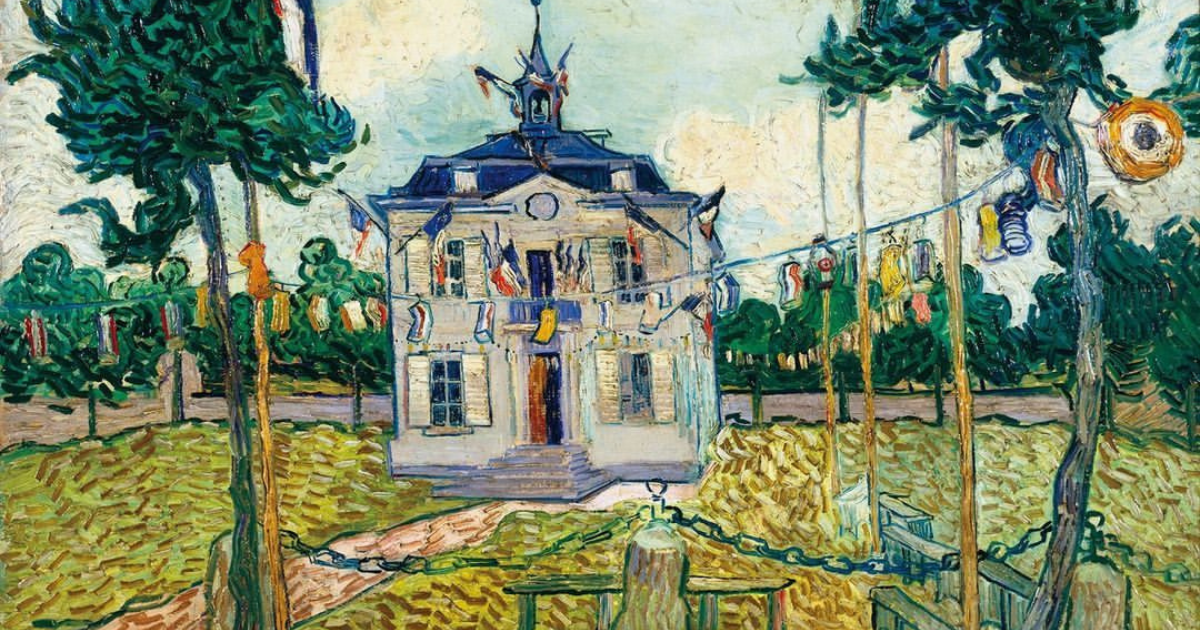
Art is not just a reflection of reality; it is a unique language that allows us to see the world through the lens of imagination and emotion. To truly understand a work of art, one must learn to “read” it, uncovering the meanings and symbols that lie beneath the surface.
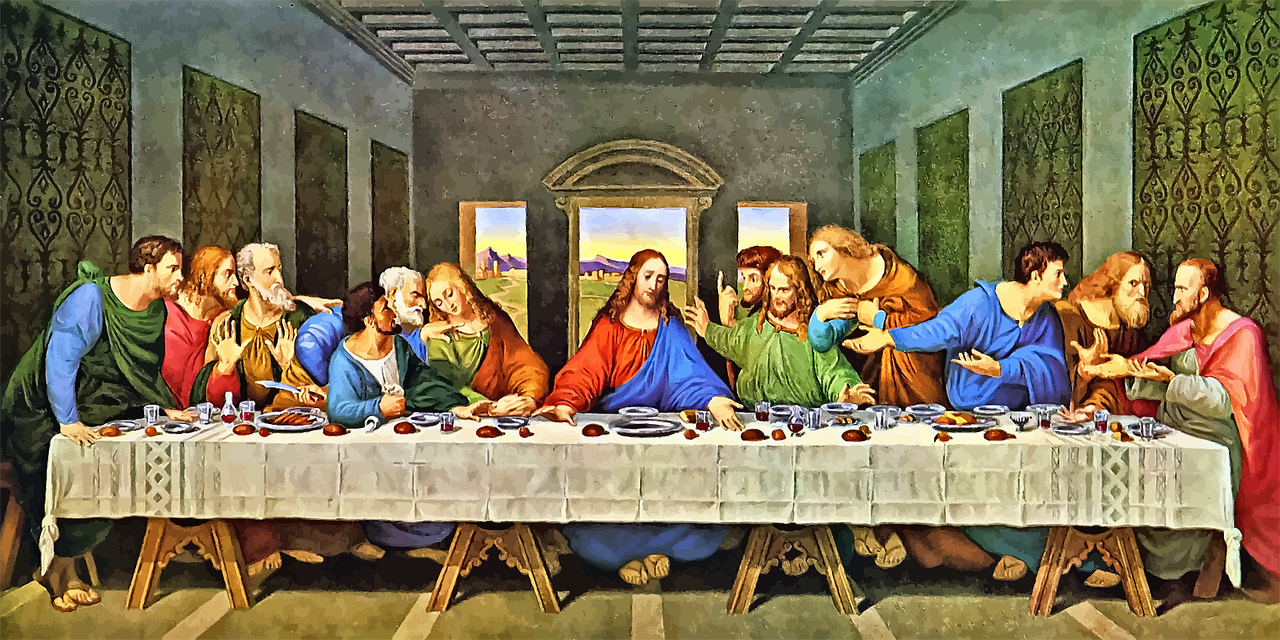
Photo: Pexels, “The Last Supper” by Leonardo da Vinci
How we perceive art
We perceive the world in two main ways: scientifically and artistically. The scientific approach relies on logic and facts, while the artistic approach is rooted in imagination and emotions. But is there a correct way to perceive art? The answer is that each of us can see and understand art in our own way, using different approaches.
Art historian Ernst Gombrich, in his book “The Story of Art,” identified four main ways of perceiving art:
- First impression: This is the moment we look at a piece and immediately feel whether we like it or not.
- Narrative analysis: Here, we try to understand what is depicted in the painting and what story it tells.
- Aesthetic perception: We admire the beauty, forms, and colors, paying attention to how the piece is structured.
- Interpretation (“Reading” the artistic language): We delve into the meaning of the work, trying to understand what the artist intended to convey.
These approaches help us see different facets of a work, but to truly understand it, it’s important to learn how to “read” art by combining all these methods.
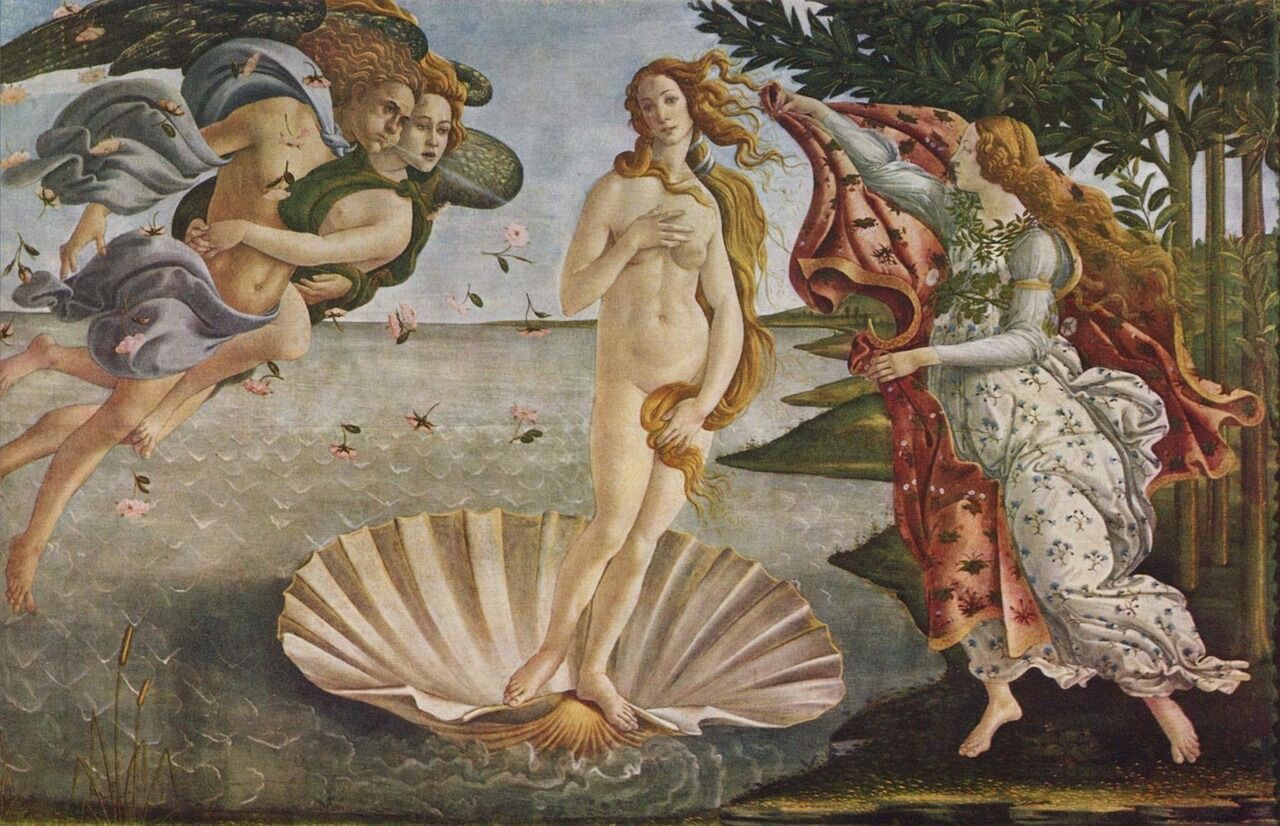
Photo: Pexels, “The Birth of Venus” by Sandro Botticelli
Erwin Panofsky’s technique of three glances
Art historian Erwin Panofsky developed the “three glances” technique, which helps to gain a deeper understanding of a work: Look, See, Think.
Let’s apply this technique to Vincent van Gogh’s painting “The Night Café.”

Photo: Instagram / vangoghmuseum, “The Night Café” by Vincent van Gogh
Look (First glance)
Here, it’s important to stop and simply observe the artwork. What colors are used? What mood does the painting convey? This step helps form a first impression and feel the overall mood of the work.
For example, when you look at “The Night Café,” you immediately notice the contrasting, vivid colors: the deep red walls, the yellow floor, and the green billiard table. The painting, done in oil on canvas, conveys a tense and even unsettling atmosphere. This feeling is created by the sharp color contrasts and unusual perspectives.
See (Second glance)
Now, focus on the details. What is depicted? What elements catch your attention? What symbols can be found? This step allows you to break down the work into its components and understand why the artist chose these particular elements.
On a second glance at “The Night Café,” you notice the empty room, a few detached customers lost in their thoughts, and a clock on the wall indicating late night hours. Van Gogh uses curved lines and disproportionate perspectives to create a sense of disorientation. Perhaps the artist wanted to convey the atmosphere of loneliness and internal struggle associated with nighttime in such a place.
Think (Third glance)
At this stage, engage your knowledge and associations. What does the title of the painting mean? What emotions does it evoke? What was the artist trying to convey? This step helps not only to understand the artist’s intention but also to find your own personal interpretation.
The title “The Night Café” suggests a place where people gather in the late hours. Van Gogh wrote that he wanted to convey “the terrible human passions” that can arise in such an environment. The painting evokes a feeling of loneliness and anxiety in the viewer, perhaps showing how the night can amplify inner anxiety.
Art as a path to emotions
Understanding art is not just about analyzing details and searching for hidden meanings. It’s also about deep emotional experience. Each of us can see something unique in a work of art, and that’s the beauty of it—art is meant to evoke emotions, to make us think and feel.
Don’t be afraid to approach art with an open heart. Ask yourself questions, reflect, and share your impressions with friends and loved ones.
As Ernst Gombrich said, “Art is always open to subsequent reinterpretations.” Every new glance can reveal something new and surprising to you.
